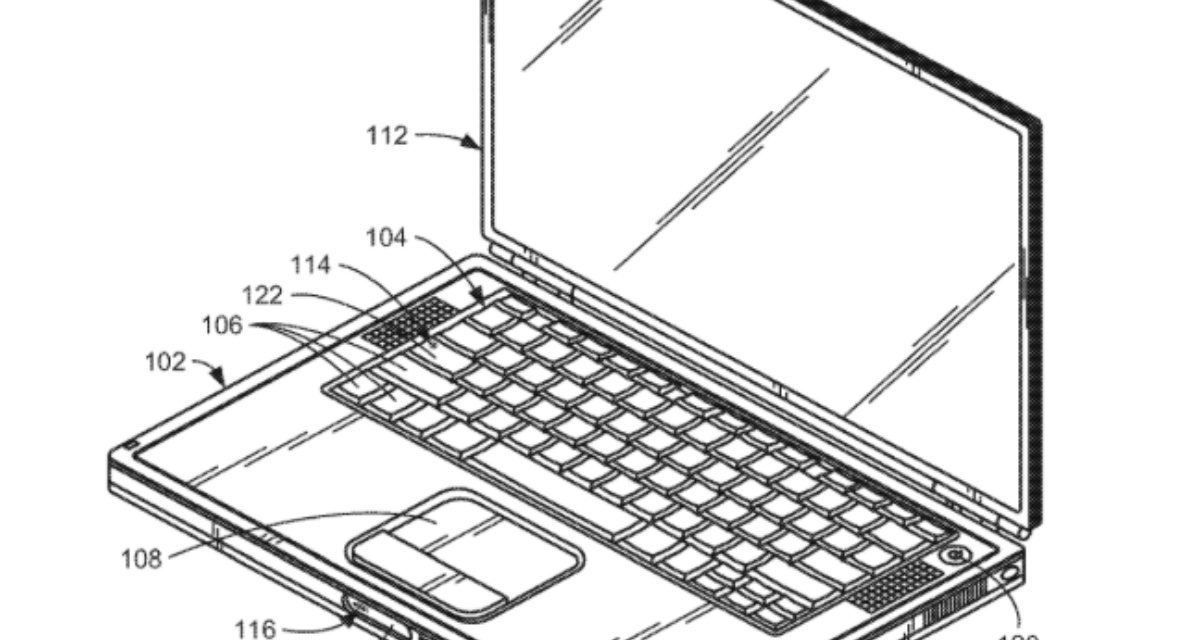Apple has been granted a patent (number 11698185 B2) for “Invisible, Light-transmissive Display Systems.” It involves displays on Macs and iPads (and perhaps other devices) with sections that only illuminate when needed.
About the patent
In the patent, Apple notes that the world of consumer devices, and particularly consumer electronics, there is an ever-present demand for improved appearance, improved functionality, and improved aesthetics. One area that continually receives great attention for improvement is user displays.
Providing crisp, attractive, unambiguous, and intuitively friendly displays and information for the user is very important in many consumer products. However, Apple says that as consumer products constantly become smaller and smaller, and in some cases more and more complex, it becomes increasingly difficult to present and display user information in a manner that is easy for the user to grasp and understand, but is also in an uncluttered form and appearance that is aesthetically pleasing.
Apple says that much of the aesthetic appeal of a consumer product can quickly be compromised if there are too many display elements, or if too much display area is occupied by display elements that are not needed except at particular times. When not needed, these “passive” or unactivated display elements invariably remain visible to the user, even though in the “off” state.
Apple says that this is not only displeasing from an aesthetic standpoint, but it can be an annoying distraction that interferes with detection and understanding of other display elements that need to be observed at a given moment. Whaat’s more, many display elements are illuminated continuously whether they’re being used or not.
Apple’s goal is to create displays that are illuminated “only when appropriate to instruct and guide the user.”
Summary of the patent
Here’s Apple’s abstract of the patent: “An invisible, light-transmissive display system with a light resistant material is provided. Substantially invisible, tapered, light-transmissive holes are penetrated in a light transmissive pattern through at least a portion of the light resistant material using a laser beam having a focal width less than the smallest diameter of the tapered holes.”
If you’d like to help support AWT (and help us reach our goal of eliminating ads), consider becoming a patron. We offer at least three patron-exclusive posts each week. You can start at only $2 per month (though $5/month gets you the exclusives).
Article provided with permission from AppleWorld.Today


